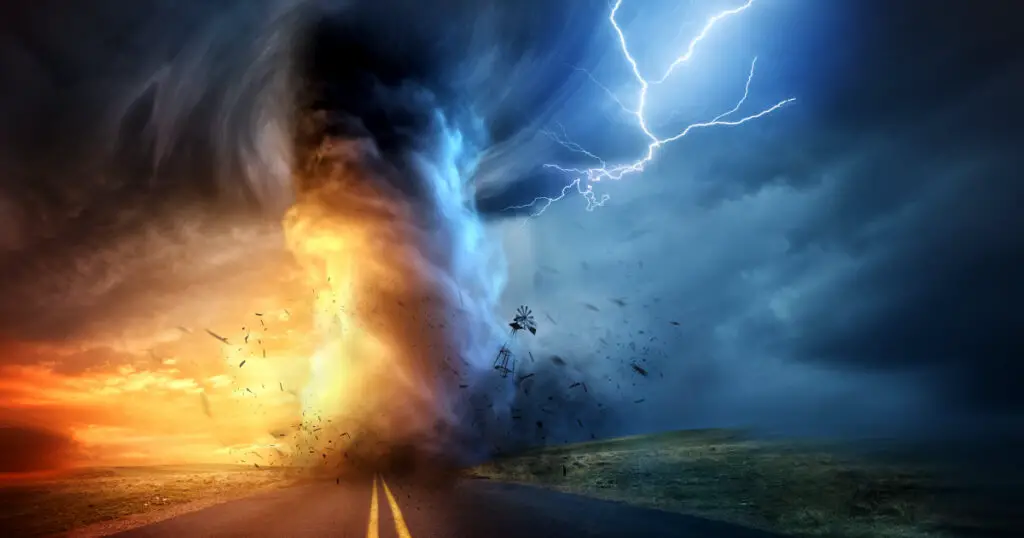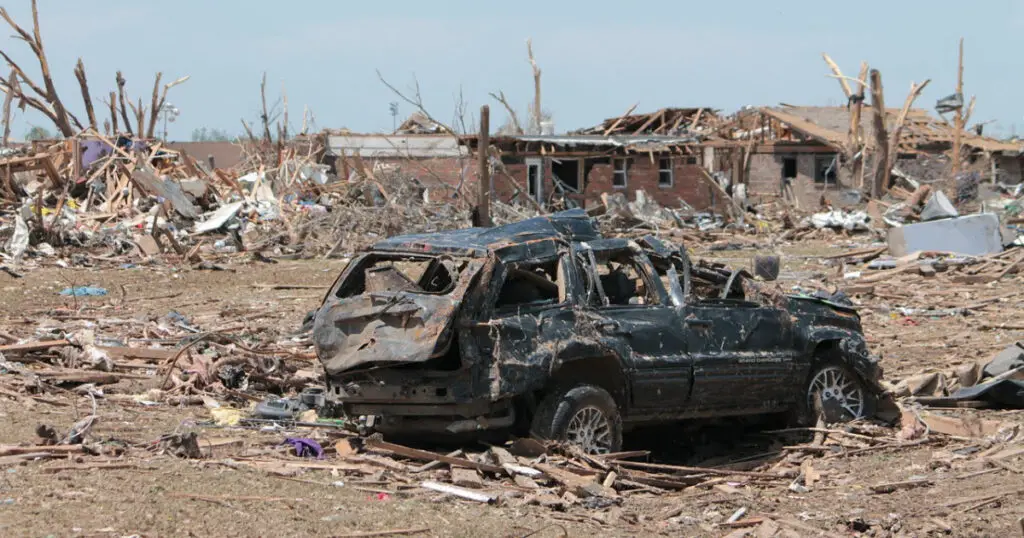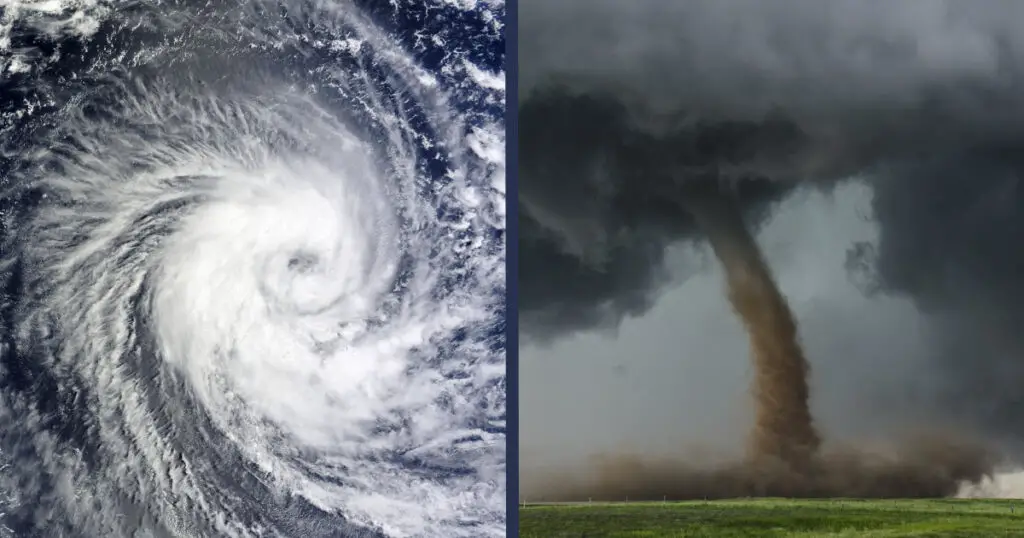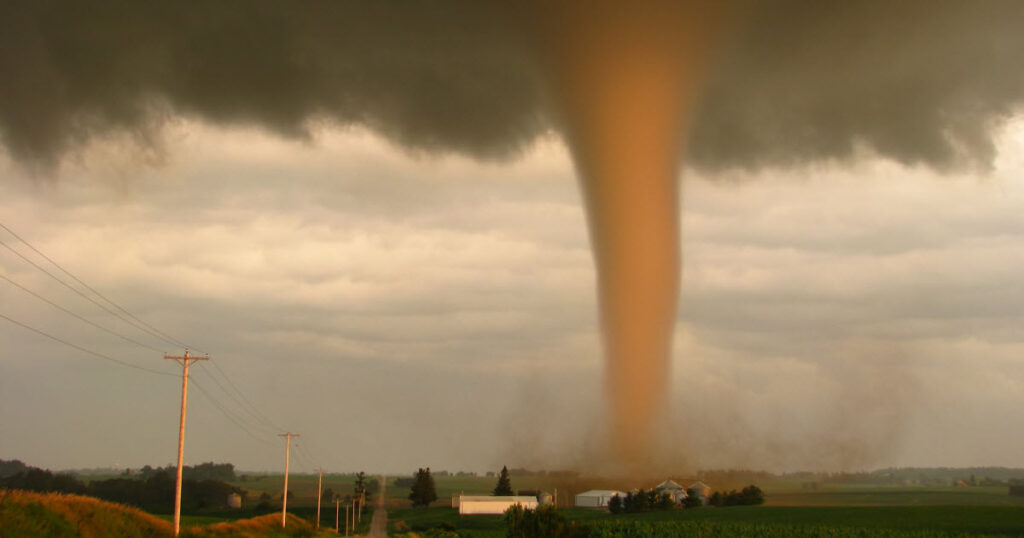Most of us are afraid of tornadoes and for very good reason. These natural phenomena are common in the United States, especially in the central part of the country, which is a loosely defined area known as Tornado Alley. As in most other areas of life, the best way to keep yourself safe is to be prepared and informed. In this article, we will go over some common tornado myths people believe, explain why each tornado myth isn’t true, and uncover what the truth really is in each case.
Let’s get right into it.
Tornado Myths We’ll Debunk in This Article
Here is a list of the eleven most common tornado myths we’ll be debunking and discussing in this article.
Click a myth to jump ahead and read more about it (or just keep scrolling).
- Your car can outrun a tornado
- You can always see a tornado ahead of you
- You can hide from a tornado under an overpass
- The southwest corner of a basement is always the best place to go during a tornado warning
- Home insurance doesn’t cover tornado damage
- Tornadoes never form in mountain areas, cross bodies of water, or hit large cities
- Tornadoes only happen during one specific time of the year
- You should open your windows when there is a tornado warning
- There are fewer tornadoes in the US than there are in other parts of the world
- You will be able to hear a tornado before it hits
- Tornadoes only happen in specific states
Your car can outrun a tornado
You cannot (and should not attempt to) outrun a tornado in your car. This is a common myth about tornadoes which may stem from the exciting car scenes in the movie Twister.
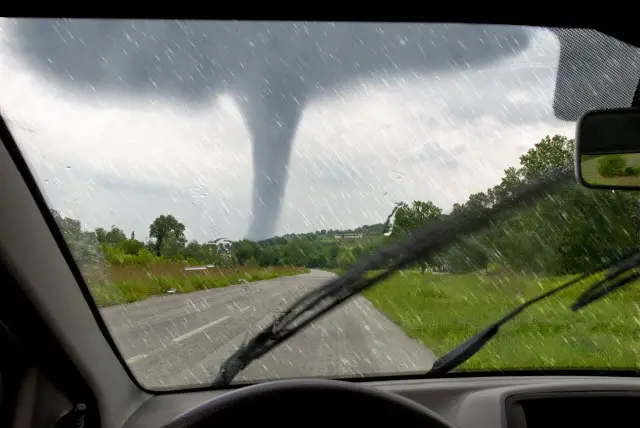
But in most tornadoes, the winds spin violently in excess of 60 mph and are able to change course at any moment. Also, some tornadoes are strong enough to lift up vehicles and even blow them around.
You don’t want to be in a vehicle during a tornado.
To keep yourself safe in a tornado, you must be in a safe shelter in a sturdy building. Your shelter should ideally be underground.
You can always see a tornado ahead of you
The reality is that low clouds or rain can obscure a tornado. This means that you might not be able to see it even though it is close. Tornadoes can also form extremely quickly in some instances.
You must be aware of any tornado watches or tornado warnings reported on NOAA Weather Radio, television, or regular radio. If there is a tornado watch, then this means that the weather conditions are ideal for a tornado to form.
By comparison, a tornado warning means that there has been an actual sighting of a tornado or weather radar has indicated that there is one.
If there are any instructions from local emergency management officials, listen to them and follow them.
| Related Posts |
|---|
You can hide from a tornado under an overpass
A common tornado myth is that you can hide under an overpass and be safe from a tornado.
Not true.
It’s extremely dangerous to hide under an overpass during a violent twister. Not only will you be exposed to flying debris, but the overpass could actually collapse on you, almost certainly leading to death.
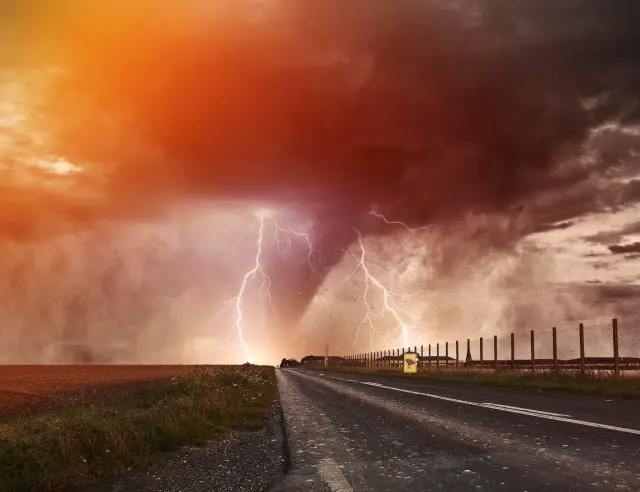
If you are driving when a tornado forms, then you should pull off of the roads, park your car, and find suitable shelter. This should ideally be in a sturdy building or in an underground shelter. If you run out of better options, you can lie flat in a depression or ditch.
The southwest corner of a basement is always the best place to go during a tornado warning
As tornadoes are able to move in any direction, it’s a mistake to assume that one corner of a basement will be any better than others. When seeking shelter from a tornado, any place in your basement or underground shelter is perfect.
If you do not have a basement or underground shelter, then the lowest floor of the building is best. It’s crucial to stay as far away as you possibly can from windows and exterior walls.
Home insurance doesn’t cover tornado damage
Home insurance typically covers damage caused by different kinds of natural disasters, including tornadoes.
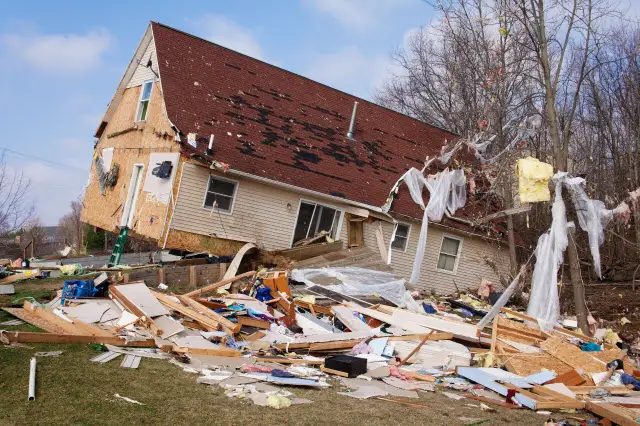
Make sure to check your policy, however, especially if you live in coastal areas or in the area of central United States known as Tornado Alley.
Some policies in areas prone to hurricanes or tornadoes might not cover wind damage. In this case, most of the damage caused by a tornado will not be covered.
If you live in one of these areas and your policy does not cover wind damage, then you can try to get a separate wind policy or add wind coverage to your existing policy. It’s not a bad idea to shop around for home insurance policies to see what will best suit your needs and your budget.
Tornadoes never form in mountain areas, cross bodies of water, or hit large cities
There is a common misconception that mountains or collections of skyscrapers in large cities can prevent tornadoes from forming by acting as barriers to the wind. The Tri State Tornado of 1925 ripped through cities and towns and across three states, killing nearly 700 people.
Another myth about tornadoes is that they cannot form on, or cross bodies of water. That’s not true – these are called waterspouts or waterspout tornadoes.
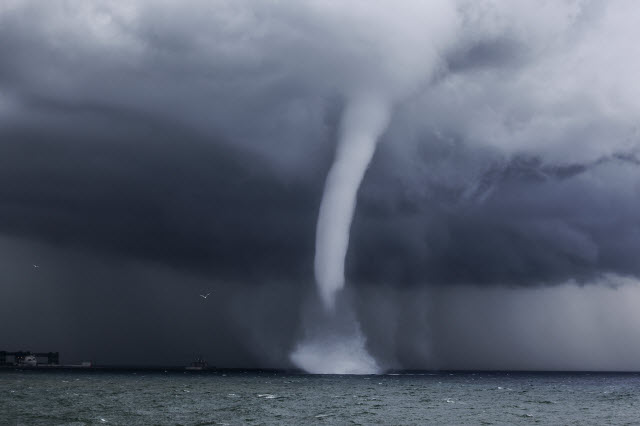
Tornadoes can (and do) strike anywhere. They are deadly because they are unpredictable.
While they are more common in the Midwest where there are large expanses of flat areas of land, they can happen in many other places too.
You should always know and understand the emergency notification system in your area. Find out if your area has outdoor tornado sirens. You can also commonly get wireless emergency alerts on your mobile device from the National Weather Service, but check with your provider.
Tornadoes only happen during one specific time of year
Tornadoes can actually happen at any time of year. While it’s true that each region may have specific times of year in which tornadoes are more likely to happen (known as their tornado season), you should never assume that a tornado cannot happen at another time.
You should always have a tornado plan in place to keep yourself safe. Make sure that you and your family make a plan together and practice it on a day when there’s good weather so that everyone knows what to do in an emergency.
You should open your windows when there is a tornado warning
A commonly held tornado myth is that opening your windows during a tornado would depressurize your house. However, that is not true.
You should never take the time to open windows when there is a tornado warning.
Instead, you must immediately proceed to your underground shelter or a room on a lower level with no windows. Being near windows can lead to injuries from flying debris or broken glass during a tornado.
There are fewer tornadoes in the United States than there are in other parts of the world
The reality is the polar opposite. In fact, the United States has the world’s largest number of tornadoes per year.
Tornadoes are extremely common in the United States, particularly in the region known as Tornado Alley and Dixie Alley.
This is one reason why it is so important for you to understand the facts about tornadoes and the preparations you should make to keep yourself safe.
You will be able to hear a tornado before it hits
While it’s sometimes true that there can be loud noise like a freight train before a tornado hits, this isn’t always the case.
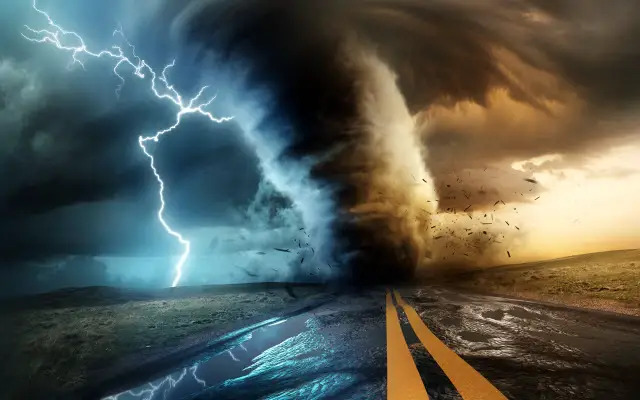
It’s also very likely that by the time you can hear the tornado it will be too late for you to get to a safe shelter. Tornadoes move very quickly, so you need to move to a shelter quickly when there has been a tornado warning or watch issued.
Tornadoes only happen in specific states
While some states certainly have many more tornadoes than others, such as the states in Tornado Alley, tornadoes can actually form anywhere in the United States. Historical records show that as far back as the early 1950s, every state has had tornadoes.
The states in which tornadoes are most common stretch from Alabama to Texas and then north going from Texas through to Nebraska. All it takes for a tornado to form is for there to be specific environmental conditions all at once.
Preparation & Caution are Critical
As we’ve seen here, there are many common tornado myths. Being aware of these myths and knowing about the reality of tornadoes will equip you with the necessary information to keep yourself safe.
Share the facts about tornadoes with family and friends, and start making your tornado preparation plan.
